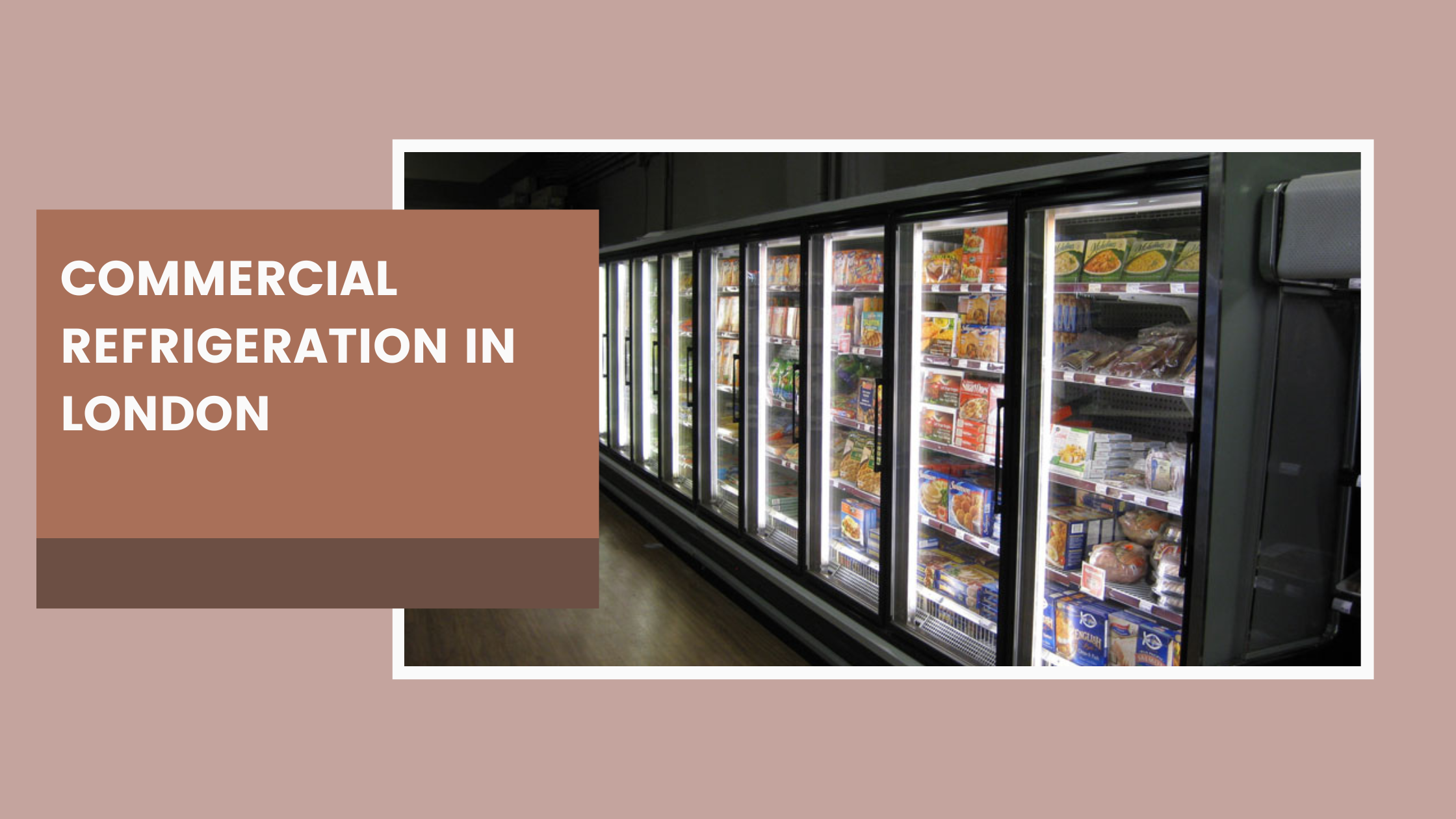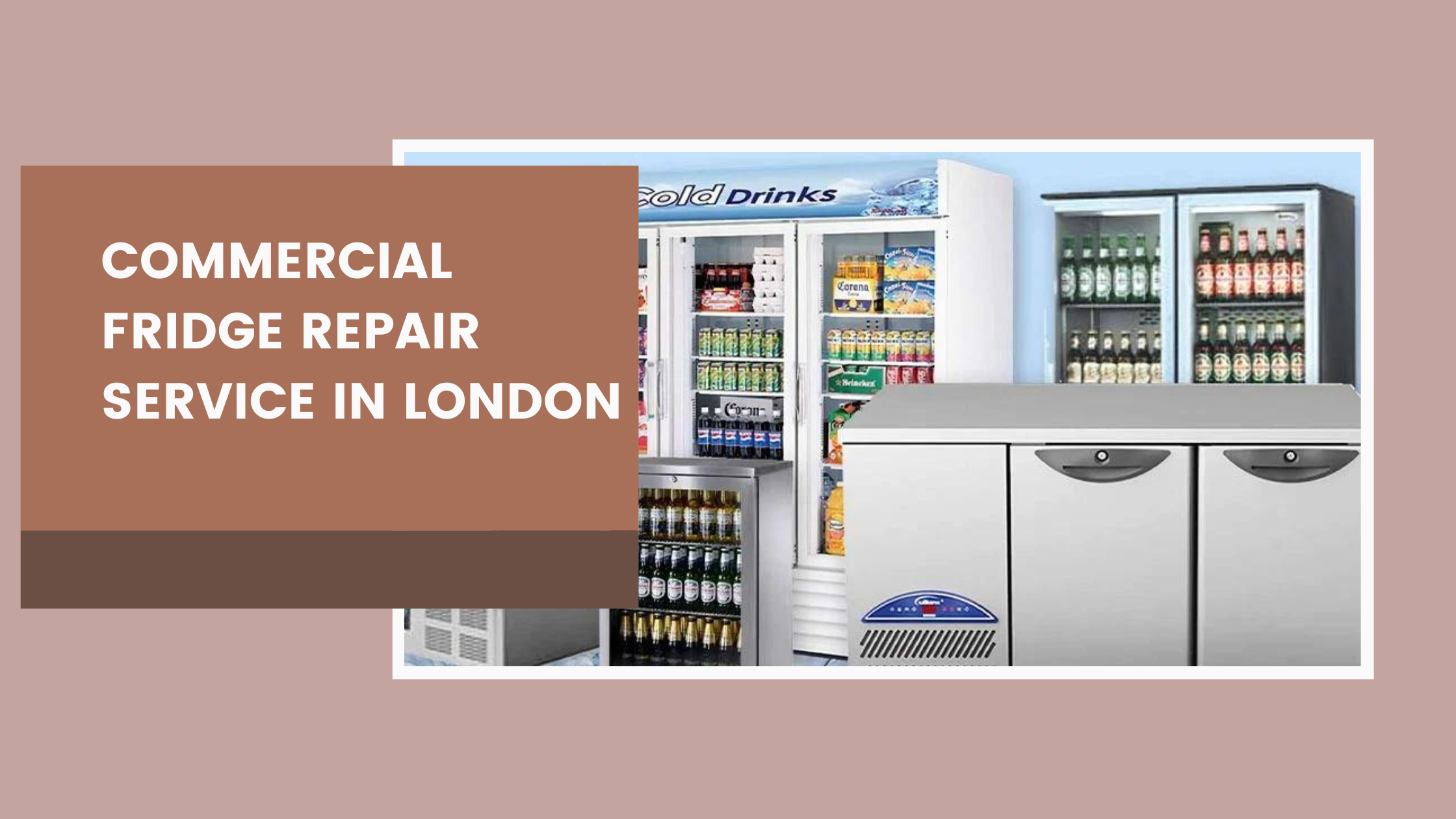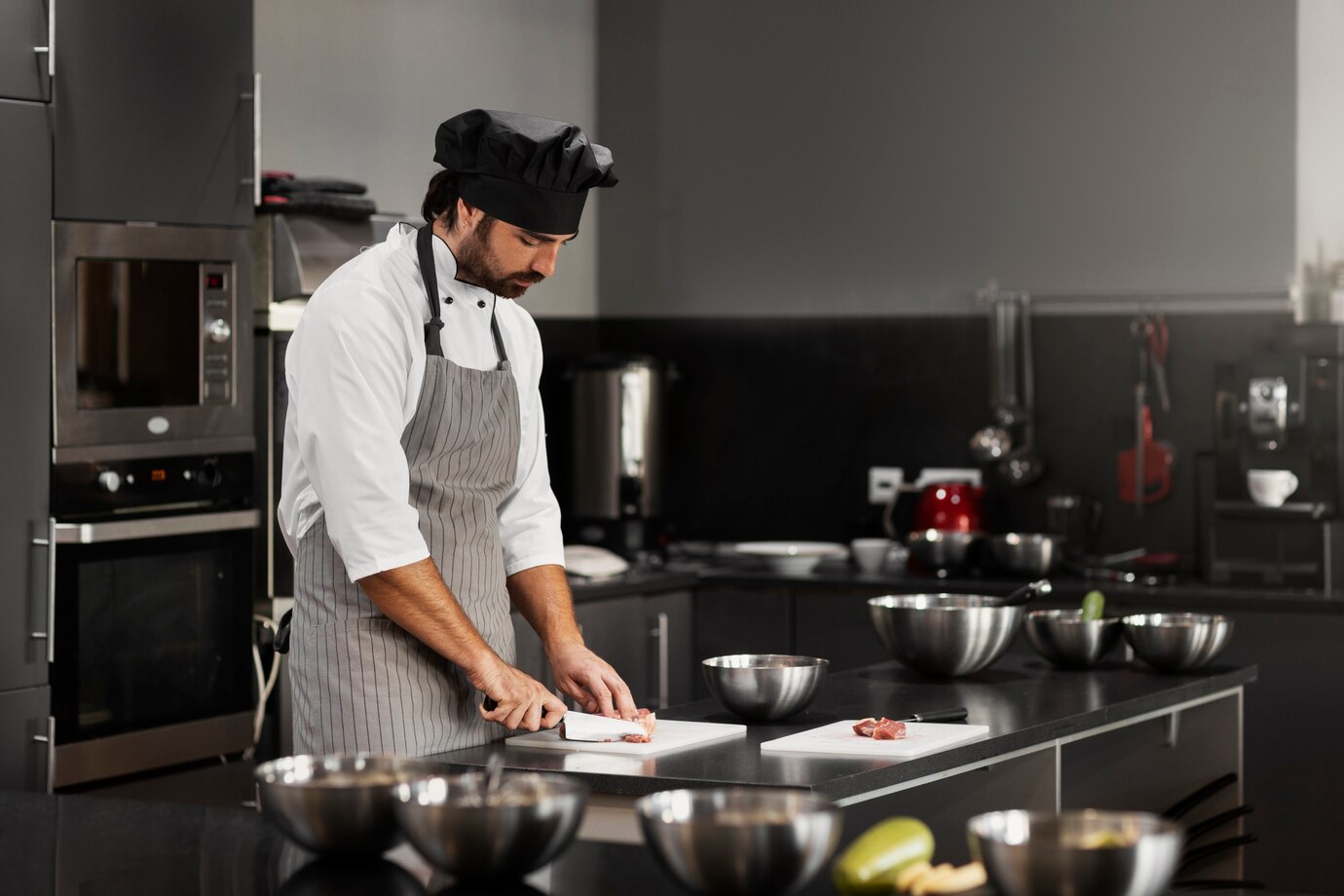06 June, 2024
in Blog

Installation, Repair and Service
Commercial kitchen gas safety checks, Commercial refrigeration repairs, Commercial AC and Ventilation maintenance, Commercial Warewashing repairs, Commercial boiler service.








































